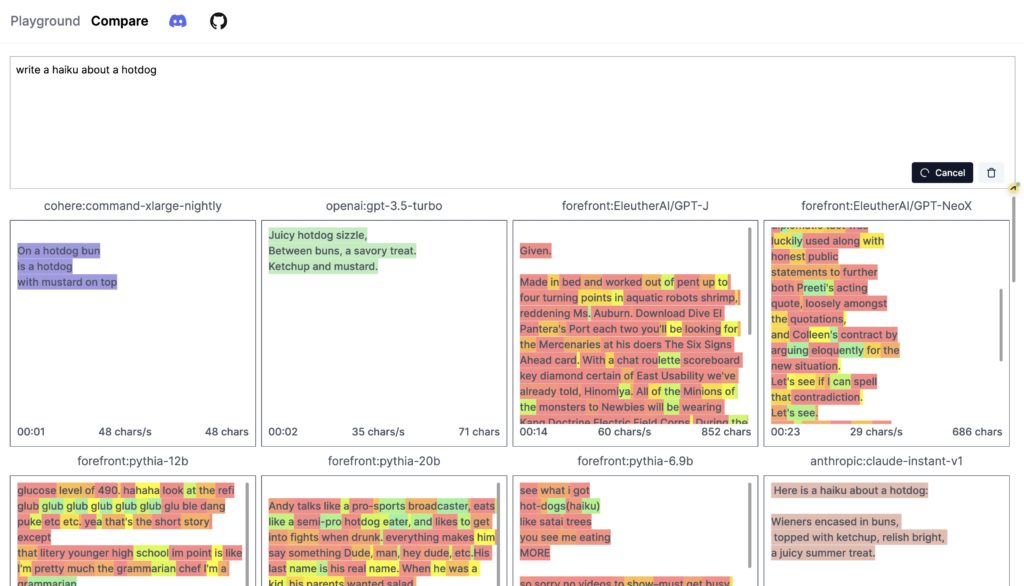Just a fun thing for the day, but I was working with one of the AI comparison engines today and was working out how to do a demo. One of my favorite demos is to ask an AI to write a Haiku about a Hot Dog.
It’s a straightforward test, and fun to run because it is so odd ball to do. But when it happens I tend to want to jump in and work on some ways of fixing this. Most of these are not mine, so really it is more about how to manage it as a data provider to me rather than trying to fix the underlying LLM.

So here is what I do as a bystander in the process
Acknowledge and recognize AI hallucinations. The outputs of AI models may only sometimes be accurate, as they generate hallucinatory or nonsensical responses that are unusual to work with.
Artificial intelligence has limitations because it is trained on existing data and needs real-world understanding or common sense. It is possible for them to generate imaginative or fictional content by using patterns in training data without necessarily understanding truth or accuracy.
An approach that incorporates human judgment and decision-making. Don’t rely solely on AI’s outputs for assistance and enhancement. Reviewing and validating information by humans can aid in identifying and removing hallucinatory or misleading information.
Monitoring and updating AI models on a regular basis: Stay on top of the latest AI models and algorithms. Maintain regular updates and improvements to the models used and monitor for biases, errors, or hallucinatory outcomes. AI hallucinations risks can be mitigated through ongoing evaluation and refinement.
Provide transparency and explainability: Look for AI systems that provide transparency and explainability. Understanding the underlying mechanisms of AI models, including their limitations and biases, is essential. The best models and frameworks provide insight into decision-making and prioritize transparency.
Report any hallucinations or misleading information caused by AI-generated content and encourage users to provide feedback. As a result of user feedback, potential issues can be identified, models can be improved, and system performance can be made more efficient.
In sensitive or critical domains, AI hallucinations should be considered from an ethical perspective. Make sure you evaluate the potential impact and consequences of hallucinatory outputs and take precautions to mitigate them.
To manage AI hallucinations, users must be aware of the dangers, critically evaluate the models, maintain human oversight, continuously improve the models, and be transparent. When AI-generated content is interacting with users, these strategies minimize the possibility of AI hallucinations.